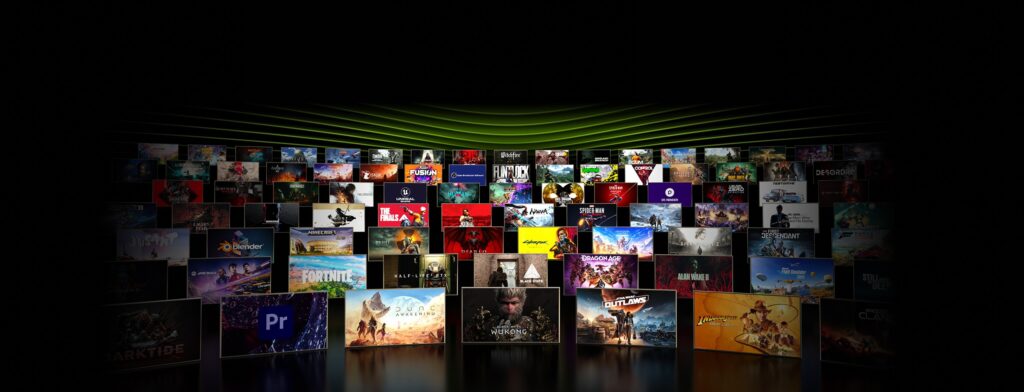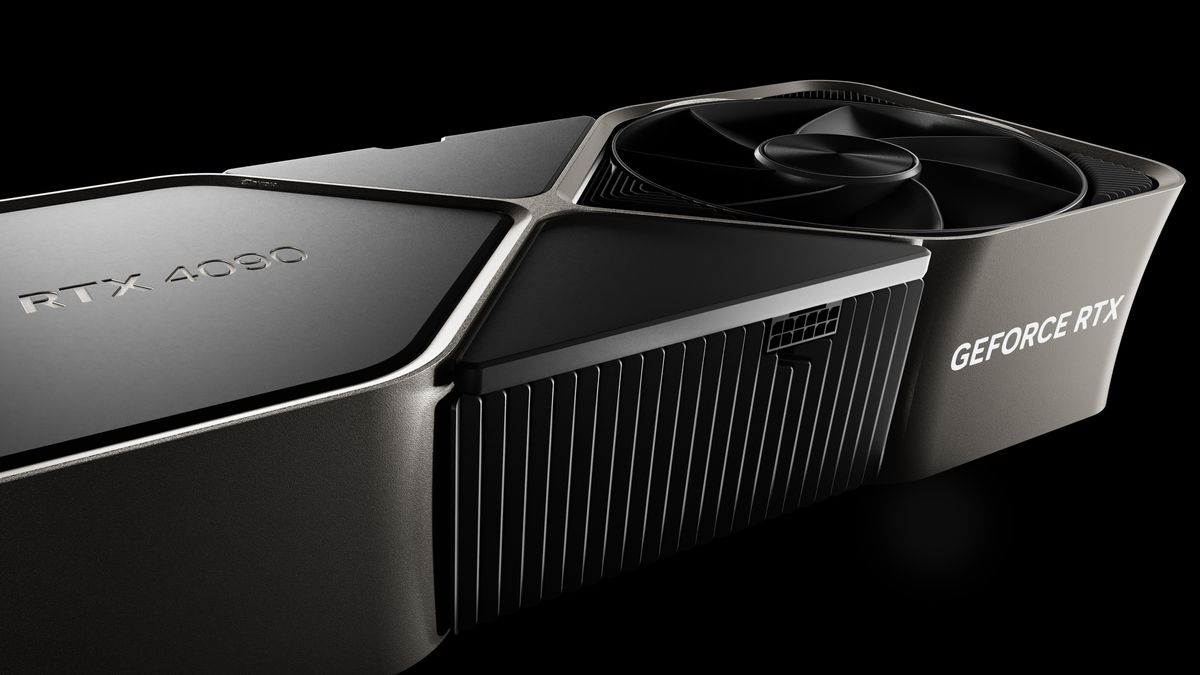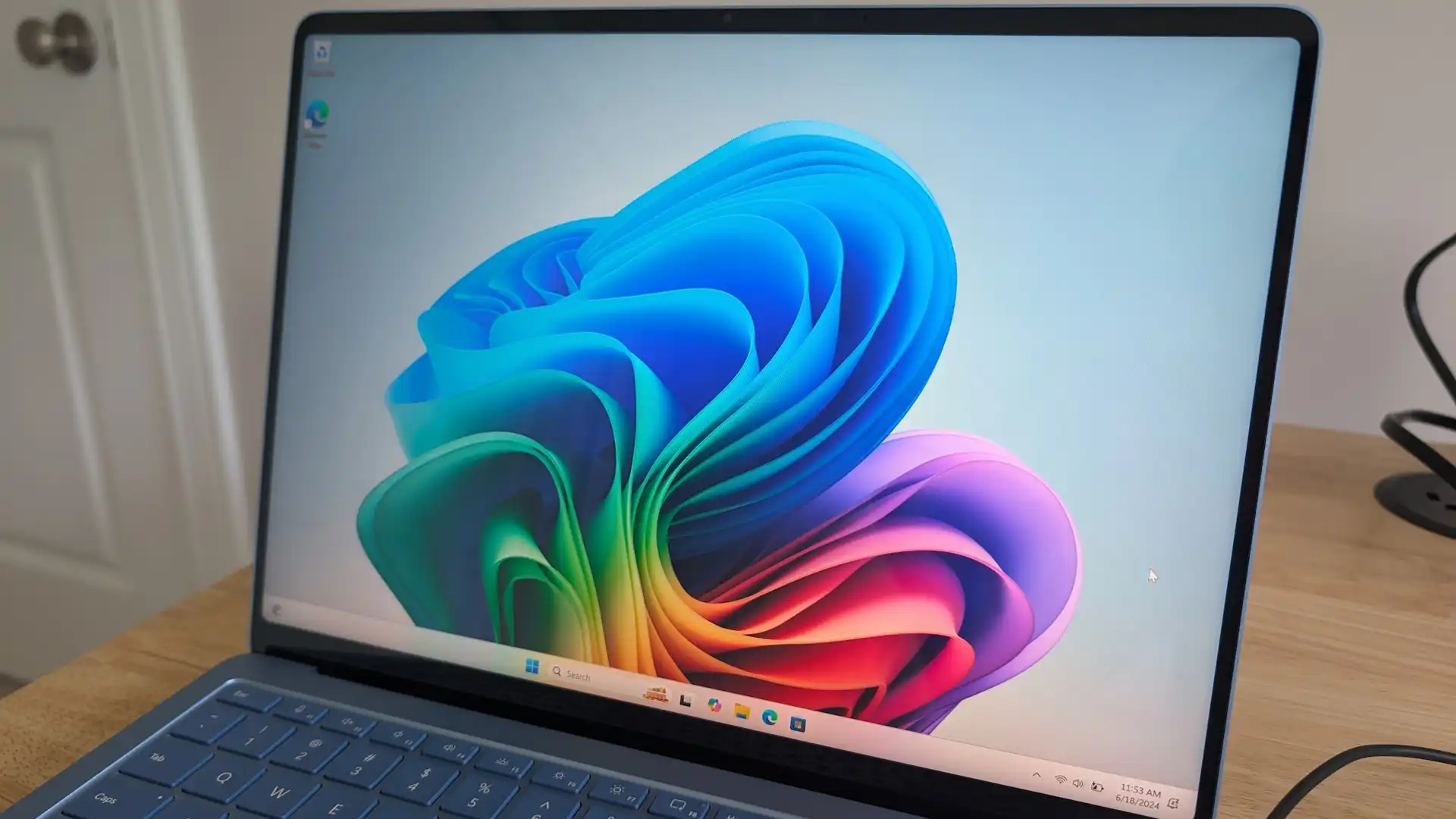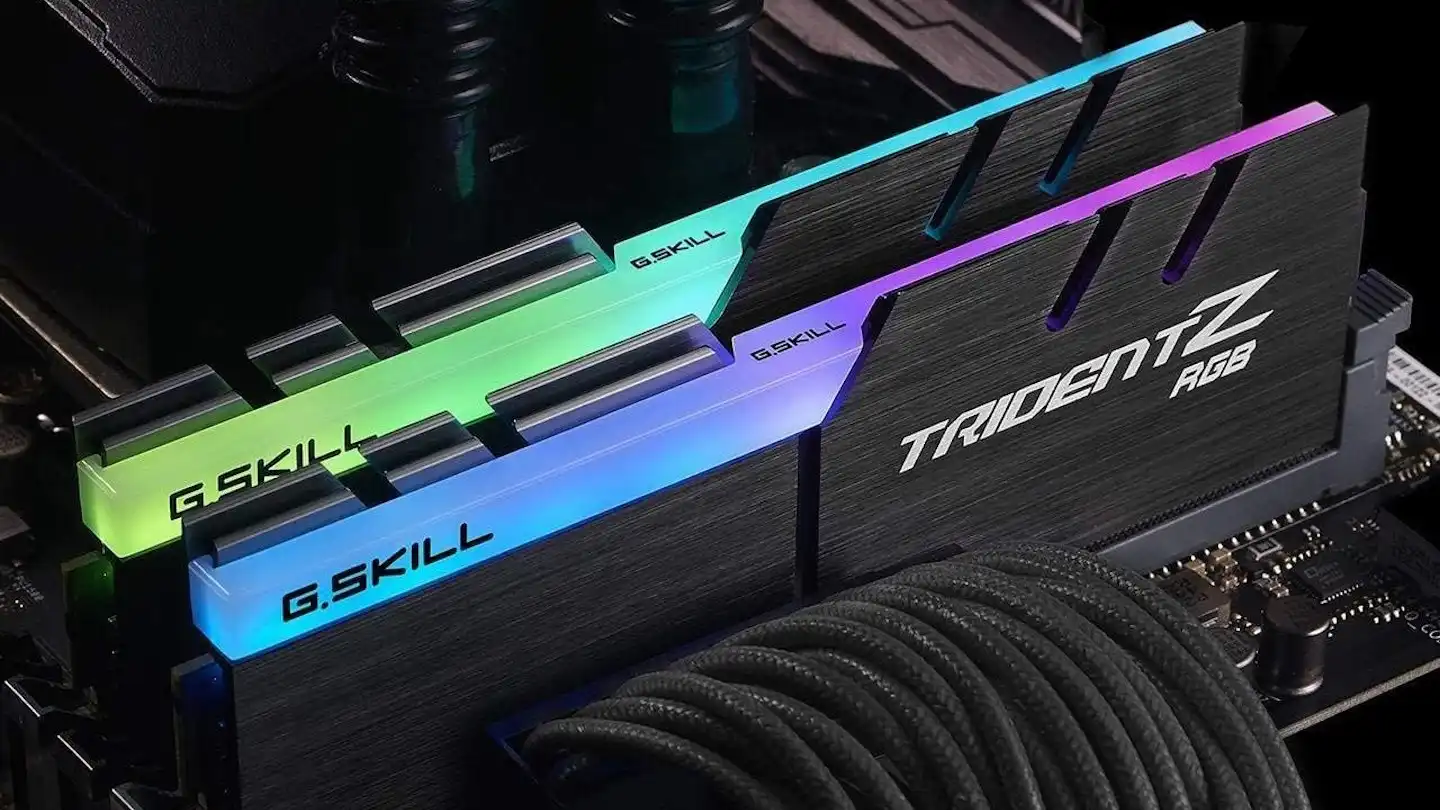
The GPU Market Is a Disaster—And It’s About to Get Worse
To anyone passing by my house right now, I apologize—especially if you have young ears nearby. The steady stream of profanity escaping my office window isn’t directed at you. It’s aimed squarely at Nvidia’s latest GPU prices, which are forcing anyone in need of an upgrade to dig deep into their wallets.
Nvidia’s new flagship, the RTX 5090, carries an eye-watering $2,000 price tag, the most expensive consumer GPU the company has ever released. And that’s just the base model—custom versions from MSI, Asus, and other manufacturers are creeping towards $3,000, while even higher-end “luxury” models exist for those with more money than sense. The second-tier RTX 5080 costs $1,000, but even that price feels unjustifiable given the current market. Worse yet, both GPUs are almost impossible to find, unless you’re willing to pay scalpers a sum that could buy you a used 2002 Honda Civic.
Why Are Prices Out of Control?
There’s no mystery behind the absurd pricing and scarcity. Demand for high-end GPUs has far outstripped supply, as it always does at launch. But gamers aren’t just fighting each other this time—AI companies are hoarding GPUs by the thousands to fuel their data centers, sending demand through the roof. It’s eerily reminiscent of the crypto mining craze, except instead of chasing digital gold, companies are training AI models that deliver subpar search results and write terrible LinkedIn posts.
As demand soars, scalpers have jumped in to turn a profit, and where scalpers go, scammers follow. If you see someone offering an RTX 5090 at MSRP, there’s a good chance it’s either a scam or a typo.
And as if that wasn’t bad enough, prices are already rising further. Tom’s Hardware has spotted MSI and Asus increasing GPU prices by $140 to $200, just one week after launch. These price hikes are coming directly from the manufacturers’ online stores, where there should theoretically be the least amount of markup. If you thought $2,000 was bad, just wait a few more weeks.
U.S. Tariffs Are Making the Situation Worse
For those in the United States, tariffs are adding another layer of financial pain. The Trump administration’s 10% import tax on Chinese goods means that everything from GPUs to CPUs to even cars is seeing rising prices. The supply chains that power the modern economy are too dependent on Chinese manufacturing for this to end any other way.
And that’s just the beginning—higher tariffs on Canadian and Mexican imports are set to resume soon, and even Taiwan, the global leader in chip production, is facing new trade restrictions. The result? Even higher prices, even longer shortages, and even more frustration for PC gamers and builders.
Are There Any Alternatives?
If you’re not ready to sell an organ for a new Nvidia GPU, there are other choices:
- AMD’s Radeon RX 9070 and 9070 XT launch in early March, and while they’ll still be affected by supply shortages, they might offer better price-to-performance ratios.
- Intel’s next-gen Arc GPUs continue to push competition forward in the budget space, which could be a lifeline for price-conscious gamers.
- Cloud gaming services like GeForce Now and Xbox Game Pass Ultimate are becoming more viable, offering high-end gaming without the upfront cost of new hardware.
- Integrated graphics technology is improving, with AMD’s Ryzen APUs (as seen in the Steam Deck) offering surprising performance.
Brace Yourself for the Return of GPU Shortages
The GPU market is entering another dark period, one reminiscent of the shortages during and after the COVID pandemic. With AI-driven demand, supply constraints, scalper inflation, and now international trade policies driving prices skyward, it’s hard to see relief coming anytime soon.
For now, I’ll be sticking with my four-year-old RTX 3070, because I have zero desire to spend thousands of dollars on an upgrade I shouldn’t have to justify. If you’re in the same boat, buckle up—things are going to get worse before they get better.




